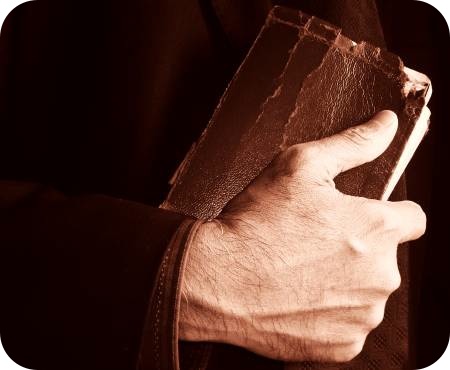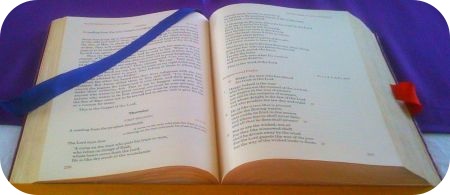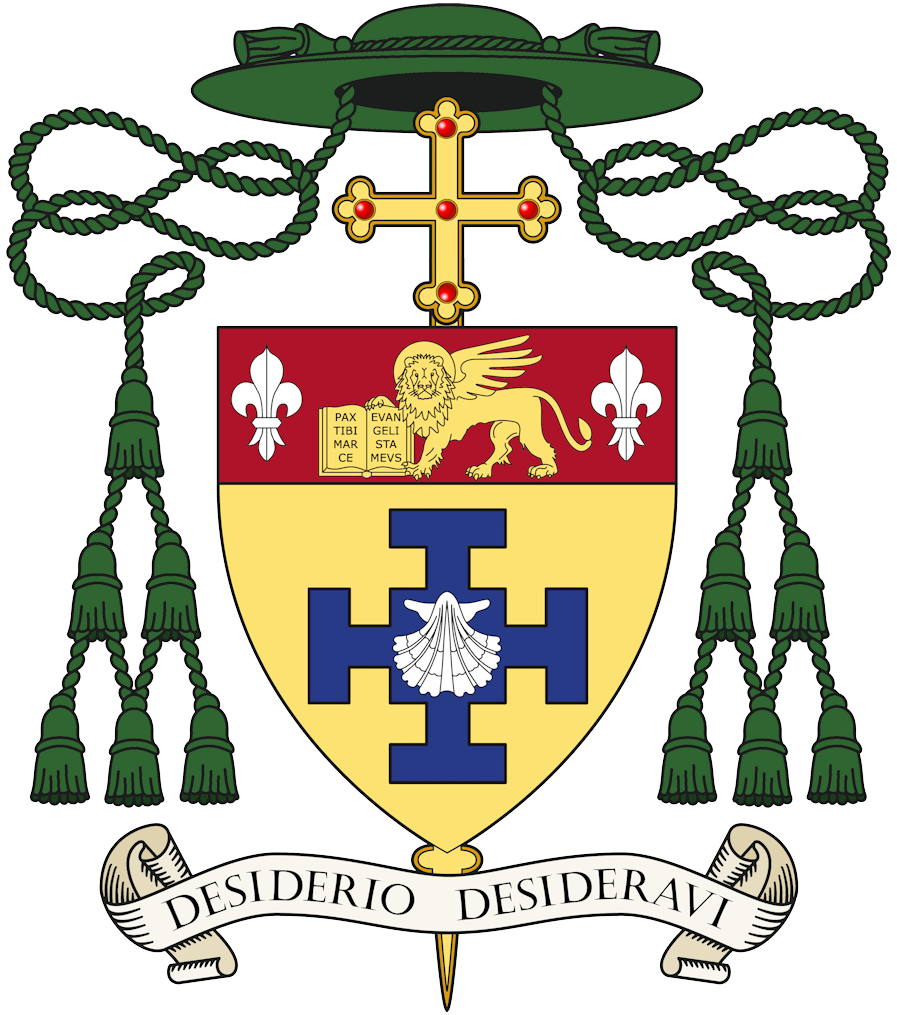An introduction to the Old Testament
On Wednesday 22nd April, Mrs Lucille Chadwick outlined something of the history and development of the Old Testament. She began by identifying that many of us know The Purple Passages, possibly from music such as Handel’s Messiah. We may well also have been brought up on Bible stories such as Adam and Eve, Noah’s Ark, Joseph and his coat of many colours, Abraham, Isaac, Moses in the bulrushes, The Plagues of Egypt, Joshua at the Battle of Jericho, David and Goliath but then our knowledge begins to peter out and we only know a little more about Jeremiah, Job and Jonah. This knowledge has largely been taken from children’s picture Bibles that we were introduced to at Primary School and is probably to some extent inaccurate.

At the time of Jesus, there was no real agreement about the Jewish Scriptures. There were no books published, only scrolls, containing texts, which were kept in the synagogues. These scriptures were not even written in the language which he spoke; rather they were written in Hebrew whilst he and his disciples spoke Aramaic. This can be likened to today’s young people being asked to speak in the language of Shakespeare or Chaucer. It was too difficult for the majority of common, uneducated, simple men. They not only had to be bilingual but the Scriptures also contained a smattering of Greek and Latin.
It was not until the end of the first century that Jewish Scriptures were settled and the canon was closed. The Jews had moved out of Palestine and settled in Babylon, around the Mediterranean and Asia Minor. They now spoke Greek in a Greek Empire and so their Septuagint was also in Greek. The Hebrew Bible had been translated by 72 Jewish Scholars. The Septuagint, which was held in great respect, includes some books not found in the Hebrew Bible. Many Protestant Bibles follow the Jewish canon and exclude the additional books. Roman Catholics, however, include some of these books in their canon while Eastern Orthodox Churches use all the books of the Septuagint. Anglican lectionaries also use all of the books except Psalm 151, and the full Authorized (King James) Version includes these additional books in a separate section labelled the Apocrypha. Such texts helped form the Faith of early Christians and Missionaries.

Gradually the Church moved into Latin as the people did and there are now many old Latin versions of The Bible still remaining today. In 382, St Jerome was commissioned to translate the Hebrew Old Testament into Latin. He took the vellum parchment and used professional scribes to hand write, during the few daylight hours available, his translations. That is everything except The Psalms which remained in Greek. This Vulgate became the definitive and officially promulgated Latin version of the Bible of the Roman Catholic Church. In the 13th century, it came to be called versio vulgata, which means common translation. The Clementine Vulgate of 1592 is the edition most familiar to Catholics who have lived prior to the liturgical reforms following Vatican II. It contains 76 books: 46 in the Old Testament, 27 in the New Testament and was the standard Bible text of the Roman Rite of the Roman Catholic Church until 1979, when the Nova Vulgata was promulgated. It was during the Reformation that 50 scholars from Oxford and Cambridge took Hebrew, Latin and Greek translations of the Bible and devised the King James Version which, although at one time popular, is now less frequently used in the Church of England.
Mrs Chadwick then went on to explain the extreme difficulty St Jerome would have had in translating Hebrew texts, which were not only read from right to left but also contained no vowels and no gaps between the words. She circulated three short examples to show those present something of the problem which he faced – a common proverb, a song from The Sound of Music and a sentence from the Old Testament:
1) HTRBHTLPSSKCYNMT
2) MRTSYRVDRFNTNMYRVBMLC
3) DRHPHSYMSDRLHT
She also explained that many of the letters were very similar, with only subtle differences in pronunciation, making it easy for mistakes to creep in. It was not until 700 AD that The Masoretes began to fix this by compiling a system of pronunciation and grammatical guides for the Jewish Bible (or Torah).
In answer to a question she described the extreme reverence which Jews had for names, the name of God in particular, and for nature. Holy is his Name frequently brought about a bow of their heads for the Jews, who believed they were set apart, really did have a respect and fear for the power of God. The name which they used for God in the Old Testament was Yahweh or HWHJ with no vowels. When vowels are placed in the word, you get Jehovah being spelt out.
She also indicated another difficulty in that many of the original stories were not written down until sometime afterwards. Genesis was a pre-history story not written down until some 500 years later. It meant that translators had to rely on precision in the oral tradition that was passed on from one Jewish generation to the next. Finally, she brought the evening to a close by showing that we now look at the Old Testament through Christian eyes. We not only have a hope in God but also an understanding of Father, Son and Spirit and that we tend to view the stories of the Old Testament in that light.
